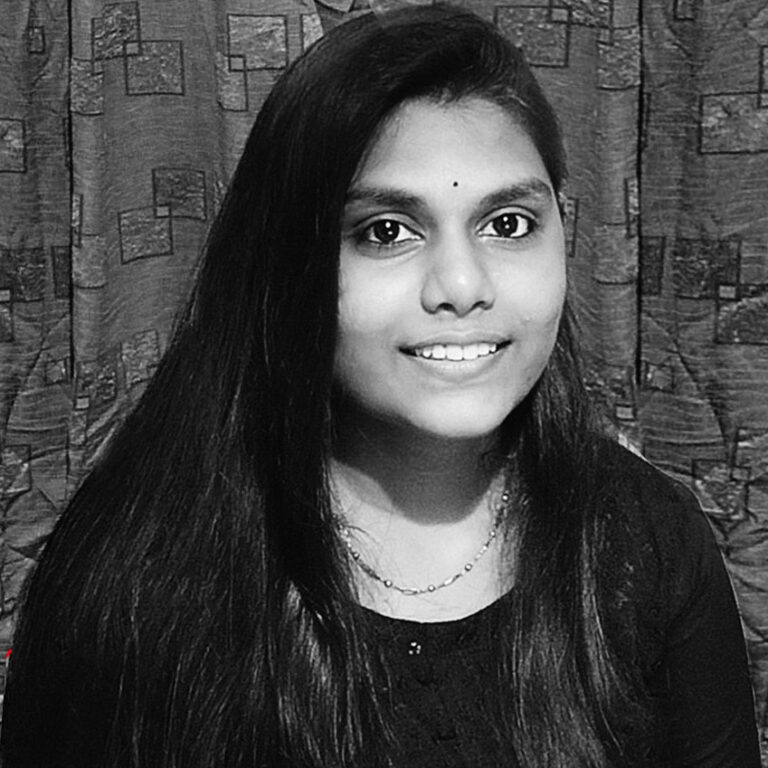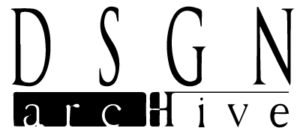top architecture design thesis 2021


SCHOOL OF PLANNING AND ARCHITECTURE
VIJAYAWADA, INDIA

Design thesis authored by
Srivalli Gopisetty
share
THESIS SPECIFICATIONS
Thesis Title: FLOATING RESORT VISAKHAPATNAM – A SUSTAINABLE DESIGN SOLUTION
Project type: Sustainable Resort
Year of completion: 2021
Abstract
Tourism is a very important tool for economic advancement of India and for other countries also. After the pandemic situation it has been among the world’s fastest growing businesses and is a big source of income for many countries. Tourism does not only have positive impacts, but it has negative impacts also, which includes depleting natural resources, increment in waste products, and impact on the environment. Floating architecture could be a resolution in the future for current problems in many districts, cities and landscapes. It is a solution for the expansion of urban areas as it can be seen particularly as a solution in the need for additional housing areas and construction grounds in some countries in Asia as a result of the growing population and can be the solution for climatic changes and sustainable living. The water areas of channels, lakes, unused ponds and closed down harbors offer good opportunities to create new water landscapes with modern marinas consisting of floating houses and other floating architecture.
This thesis explores on the designing and planning of floating resort considering the three dimensions of sustainability i.e. environmental, economic and social dimensions. To achieve this the thesis has been carried out in four stages. First to understand the concepts of floating architecture and sustainability. Second to understand the typologies and planning aspects. Third to explore material and construction techniques as it is a new typology. Fourth deriving consideration and designing according to the user group.
Keywords: Floating Architecture, Resort, Sustainable, eco resort, pontoon.
Need to Design
The impact of increased human activity on the climate and environment has increased the demand for sustainable tourism. This thesis contributes to the positive impact on environment.
Floating resort as a sustainable design solution
Concept of Floating architecture
The idea of floating buildings is indeed not recent, as they’re being seen around the world, common in conventional Asia. With advancement in structural engineering skills these have become a new solutions.
Sustainability in floating buildings
There are three dimensions of Sustainability floating buildings
- Environment dimension
- Economic dimension
- Social dimension
Sustainability of floating architecture can be summarised as durability to a rise in water level, long term usage due to movability and relocation, and various applications of renewable energy sources in the environmental dimension; economic advantages due to prefabrication and modular construction, and economic efficiency due to high utilisation rate through global mobility in the economic dimension; and residents’ psychological comfort, security against crime, and high sense of community in the social dimension.
Design Intervention
The site is located in Mudasarlova (Reservoir) in Visakhapatnam, Andhra Pradesh. It covers 25 hectares (62 acres) and enclosed by three hill ranges (Kailasa hills, Kambala hills and Simhachalam hills) which form catchment. Latitude and Longitude – 17.763110567647928N, 83.29911191359723E.
Why this site?
It has become the most visited tourist highlight of Visakhapatnam in recent times.
Design strategy and conceptual framework: The plan is to enhance the potential of the selected site. The design strategy is carried out majorly by considering immediate context, ecology, views, creating user experience, material, future expansion and sustainability. The conceptual framework has been carried out by considering the surrounding context and climate consideration.
Site Layout: The site location itself is an advantage of the design. Its proximities and natural setting gave an opportunity to the feasible design solution. The site layout is done by considering the adjacent context and maximum possible views.
Climate Consideration & Context Response: The orientation and form of the building is a result of consideration of solar, wind study and view analysis.
Design Development: After the spatial arrangement we arrived to a hexagonal layout which can accommodate future expansion by adding branches. This linear layout allows the user to experience the surrounding context. The disadvantage of linear layout is it ends abruptly but here it is considered as a positive point as all the end points are converted into functional spaces like view point, meditation deck and Spa. The pathways are connected into loop with the entrance pavilion to provide the user infinite flow throughout the design.
Zoning & Area Distribution: The site plan is simple layout derived from geometry the central axis allows the visitor to have glance at the entire extent of the lake at their very first glance from the drop-off to the entrance pavilion. Administration block and restaurant block are placed on the either sides of the axis. This axis divides the site into 3 zones as transition from public to semi public and private zones. The public zone majorly consist of Boating activity, view point and administration areas. Then comes restaurant and gallery as semipublic and also located in between highly active and passive zones to cater for both the uses. Finally cottages the living zone which is considered in private zone. Along with these other spaces like spa and meditation deck are provided for cottage user hence placed in the same zone. Along with the resort user other user and private vendors are also considered hence an open plaza and water front pedestrianized landscape have been provided. Parking and Service block is placed on the land part for maintenance.
Experiential Central Axial view has been created for the user to view the water body till its maximum extent. The restaurant block has be made inclined to allow the visitor access and create a sunset view point on the western end. Cottages are arranged considering the climatic orientation and for providing maximum views and privacy. End points of the layout are utilized by adding functional spaces.
Design Challenges: Floating needs light weight structure and services within. Hence major structural materials are considered considering their light weight and accommodating of services within like pontoons, composite beams, OSB board etc.
Sheets
the end
Copyright information: ©️ Student author 2022. Prior written authorization required for use.
Request permissions: If you wish to use any part of the documentation forming part of the undergraduate thesis submitted to DSGN arcHive, please seek prior permission from the concerned student author through the respective college/university.
Exclusion of liability: DSGN arcHive and its owner do not undertake any obligation to verify the ownership of any content submitted for publication/broadcast on this website and shall not be liable for any infringement of copyright by, or unauthorized use of, such content.
HOMEPAGE
Copyright © 2025 DSGN arcHive
